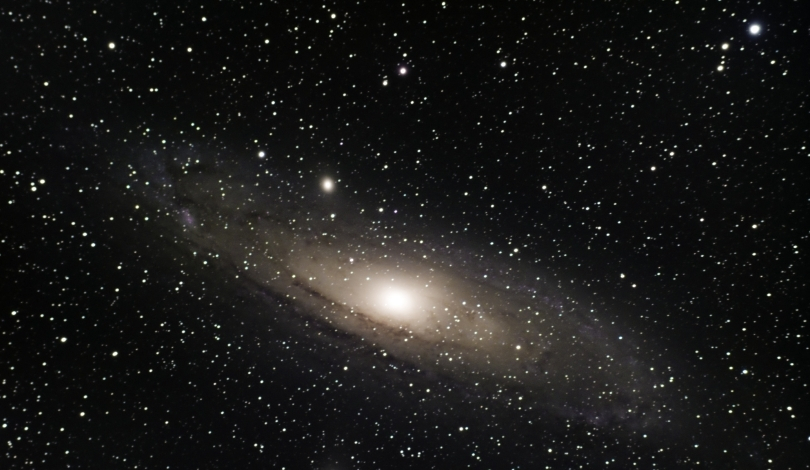A recent discovery has highlighted the presence of a sizable exoplanet within the binary red dwarf system TOI-6383, located approximately 560 light-years from Earth. This finding adds to the growing list of exoplanets orbiting small, cool stars, challenging previous notions about planet formation in such environments. The system comprises two red dwarf stars, with the newly discovered planet raising intriguing questions about how large planets can form around low-mass stars.
Earlier reports primarily focused on smaller planets orbiting red dwarfs, making this giant planet an unexpected addition. Studies conducted in the past suggested that the limited mass of red dwarf stars would restrict the formation of massive planets. However, this latest discovery indicates that substantial planets can indeed form in these systems, providing new insights into planetary formation theories.
Discovery of TOI-6383Ab
The giant planet, named TOI-6383Ab, was detected by the GEMS survey team through NASA’s Transiting Exoplanet Survey Satellite (TESS). This planet has a mass and size comparable to Jupiter and completes an orbit around its primary star in approximately 1.79 days.
“The detection of TOI-6383Ab challenges existing models of planet formation around low-mass stars,”
stated Lia Marta Bernabò, the lead astronomer of the study.
Methodology Employed
The team utilized the Transit Photometry method to identify periodic dips in the star’s brightness, indicative of a planet passing in front of it. Following the initial detection by TESS, additional confirmation was achieved through follow-up photometry and radial velocity measurements using ground-based telescopes. This comprehensive approach ensured the accuracy of the planet’s characteristics and orbit.
Implications for Planet Formation Theories
The existence of TOI-6383Ab provides valuable data for testing the core-accretion and rapid formation models of planetary development. Core-accretion suggests planets form around massive cores, which was previously deemed unlikely around red dwarfs due to their lower mass. In contrast, the rapid formation model posits that massive protostellar disks can collapse into large planets, a scenario supported by this discovery. The GEMS survey aims to identify more such planets to further refine these theories.
This discovery not only expands our understanding of planetary systems around red dwarfs but also opens new avenues for studying the diversity of exoplanets in binary star systems. The confirmation of TOI-6383Ab underscores the importance of continued observation and exploration in the quest to understand the complexities of planet formation.










